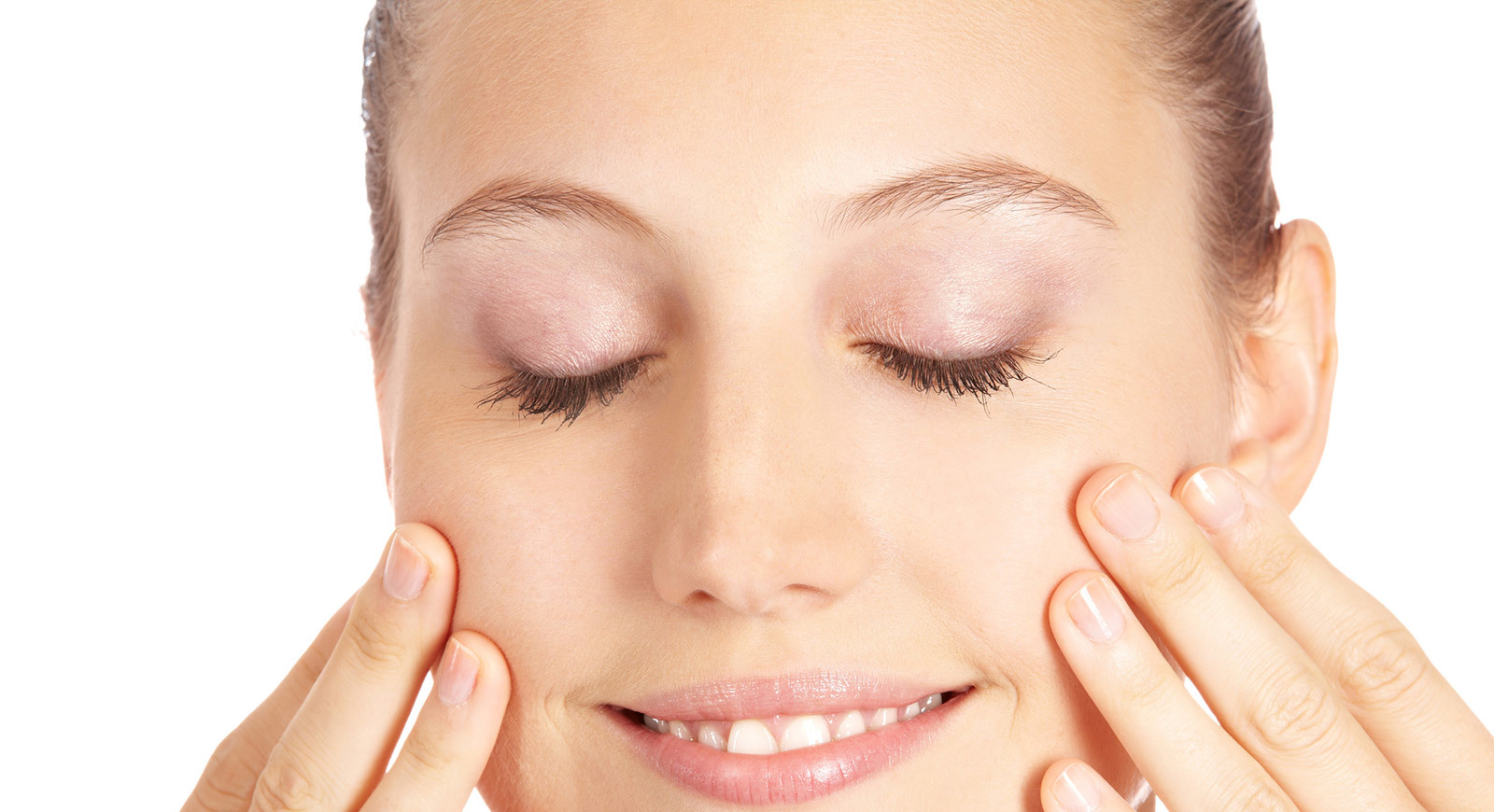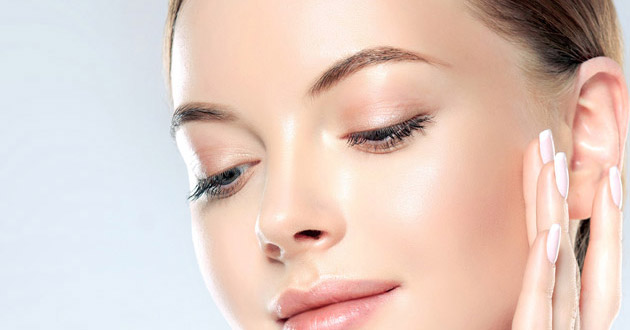More about upper eyelid tightening
What is an upper lid lift?
How does an upper lid lift work?
WelcheWhat criteria must be met in order to be eligible for an upper eyelid tightening?
What are the advantages of having an upper lid lift?
What are the risks and complications of having an upper lid lift?
What is the cost of an upper eyelid lift?
Eyelid surgery is a relatively uncomplicated procedure for plastic and cosmetic surgery. During upper eyelid tightening, also referred to as upper eyelid blepharoplasty, the upper eyelid of the eye is corrected after careful examination of the findings. Upper eyelid tightening refers to the tightening and treatment of drooping tissue on the upper part of the eyelid. Drooping eyelids appear as a form of aging and as a result of lack of sleep, regular smoking and an overall unhealthy lifestyle. However, they can also be genetic in nature and are often inherited.
Furthermore, asymmetry between the right and left eyelids can be compensated for by an upper eyelid tightening.
The goal of upper eyelid tightening is to remove excess skin as well as fat and muscle tissues leading to the formation of streamlined eyelids, giving the face a fresh, younger look. In addition, there is the possibility to perform an upper lid and a lower eyelid tightening in one operation, whereby a rejuvenating effect and an even more clearly and particularly natural result is achieved.
Usually, upper lid correction is performed on an outpatient basis and under local anesthesia. In case of sensitive patients, the use of anesthesia may also be an option on request. For this purpose, the a sedative is recommended, but general anesthetic is also possible.
Process of an upper eyelid tightening
The doctor determines in advance the exact excess skin and draws the planned incisions on the upper lid of the patient. The excess skin is then removed through a thin incision along the lid fold.
If necessary, the remaining muscle tissue is tightened and excess fat is removed. As a result, the original anatomical conditions can be restored symmetrically. The incision is then sutured intracutaneously with a very thin thread.
The operation time of the eyelid correction is about 60 minutes. Very fine incisions produce only very fine scars. These are placed in the natural eyelid fold and are therefore hardly visible. The effect of the upper eyelid correction can be further strengthened by a simultaneous lower eyelid tightening. The sutures are removed about four to six days after eyelid surgery.
An upper eyelid tightening is a low-intensity procedure, but has a long-lasting effect. For the follow-up treatment of the drooping eyelid operation, cooling and lymphatic drainage are recommended.
After eyelid correction, the eye should be protected as much as possible from solar radiation and glare. After an average of eight days, the patient is able to work and socialize again.
An upper eyelid tightening is basically suitable for anyone who is bothered by drooping eyelids, hanging eyelids and a tired, listless facial expression. Since pronounced upper eyelids can reduce the patient's field of vision and lead to severe visual impairments, upper eyelid tightening is sometimes medically necessary. A condition for a medical eyelid correction is determined through objective parameters by your ophthalmologist.
Overall, the patient should be in physically and mentally healthy condition to ensure the best possible healing.
Overall, upper eyelid tightening is a well-established and long-lasting method of tightening the upper eyelids to lend the patient's face freshness and friendliness. The facial expressions of the patient are no longer tired or even unfriendly, but fresh and youthful, as a result of streamlined eyelids.
In very severe cases of drooping eyelids, the field of vision of the patient is affected, which can be fully restored by surgery. Upper eyelid tightening compensates for asymmetry of the eyes and creates a natural and even facial or eye shape.
Another advantage of eyelid tightening is that the surgery usually proceeds without major complications. The healing process after the operation is comparatively quick, so that the patient can get back into a daily routine without restrictions just one week after the procedure.
Advantages of upper eyelid tightening
• Enlargement of the field of vision
• Gives the eyes more expressiveness
• Adds glimmer to the eye
• Eliminates asymmetries
• Restores a uniform eye shape
• Safe and gentle operation
• Low risk of complications
As a rule, upper eyelid operations are complication free. In the first few days after surgery, there may be minor bruising around the eye. This is completely normal, as well as harmless and swelling subsides quickly. In some cases a temporary disturbance of the ability to close the eye, as well excessive tearing may occur. This can be treated well with eye drops and ointments.
How do I choose the right doctor for my eyelid surgery?
The choice of the right doctor for your upper eyelid surgery, as with any plastic or cosmetic surgery, is of central importance. Even if it is a relatively small and harmless procedure, the search for the right doctor should not be underestimated. As upper and lower eyelid tightening is a physical procedure, you should be treated by experienced and well-trained plastic and cosmetic surgeons, who use state-of-the-art medical techniques and high-quality equipment.
Under normal circumstances, upper eyelid surgery is not medically necessary, which is why the costs are not borne by the health insurance companies.




